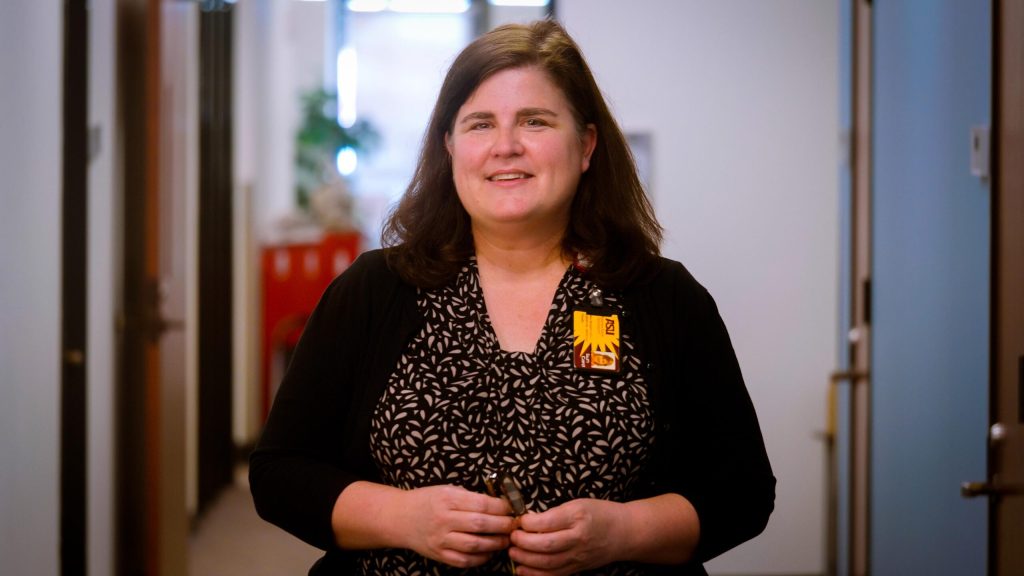The Arizona State University (ASU) Edson College of Nursing and Health Innovation is a national leader in simulation resources. The Grace Center provides simulation and clinical lab experiences for pre-licensure, post-baccalaureate, and doctoral nurse practitioner programs.
Fifty percent of pre-licensure nurse clinical learning at ASU is done in simulated environments that help prepare students for actual patient care. These clinical learning hours are a graduation requirement. But when COVID hit, the center director’s military leadership helped prepare her for a massive pivot from in-person to online and back again.
“Military training is much like my education in simulation. Exercise allows you to consider potential obstacles or challenges in meeting your objective. Simulation enables you to develop critical thinking to seek alternative approaches. Thus the training combination creates trust within the team so that everyone has a role and operations become seamless. Through this thought leadership, I was able to bring back my U.S. Army skills and help our team pivot,” said Margaret Calacci, director of the Grace Center.
Among her many military skillsets were contingency planning, or what some say is proper prior planning to prevent poor performance.
“We had begun thinking about how aspects of our in-person environments could convert to a Zoom delivery modality. Once we got the ball rolling, we just kept reinventing our process to engage students and took their feedback to alter our delivery methods,” she added.
At Grace Center, simulation learning is template-based, which helped ease the transition to online learning. Software-based systems helped make remote learning work, but the creative use of those systems by experienced simulation nurses, faculty, and staff and their quick reaction to solid, constant feedback from students helped meet the challenge.
A video library of students working on the same “patient” was cleverly repurposed for online use. Multiple screens provided different angles to help flesh out the remote simulation. They were able to create new PowerPoint slides to help class instruction flow. Strategic use of photos of critical items, such as IV pumps and the medicine cart, helped provide clear visuals for the task at hand.
“Everybody got their skills up,” Calacci said. “It was quite remarkable how it all transpired. It was truly just a team effort.”
Now the students are back to in-person learning with particular COVID prevention protocols in place.
Margaret Calacci began her career as an Army nurse. During the first Gulf War, her duty station was Landstuhl, Germany, where in one night, they had to take a 150-bed hospital and turn it into a 1,000-bed hospital. Her job as assistant manager was to help operationalize that medical center.
She adds, “I am grateful to my dedicated and capable team, along with the staff and faculty in the Grace Center. Their willingness to be flexible and responsive was in pulling all of this together for our students.”
You can learn more about the ASU Grace Center online at https://gracecenter.asu.edu/.






